In a new Q&A, microelectronics expert and CHiPPS Director Ricardo Ruiz shares his perspective on keeping pace with Moore’s Law in the decades to come through a revolutionary technique called extreme ultraviolet lithography.
Tag: Molecular Foundry
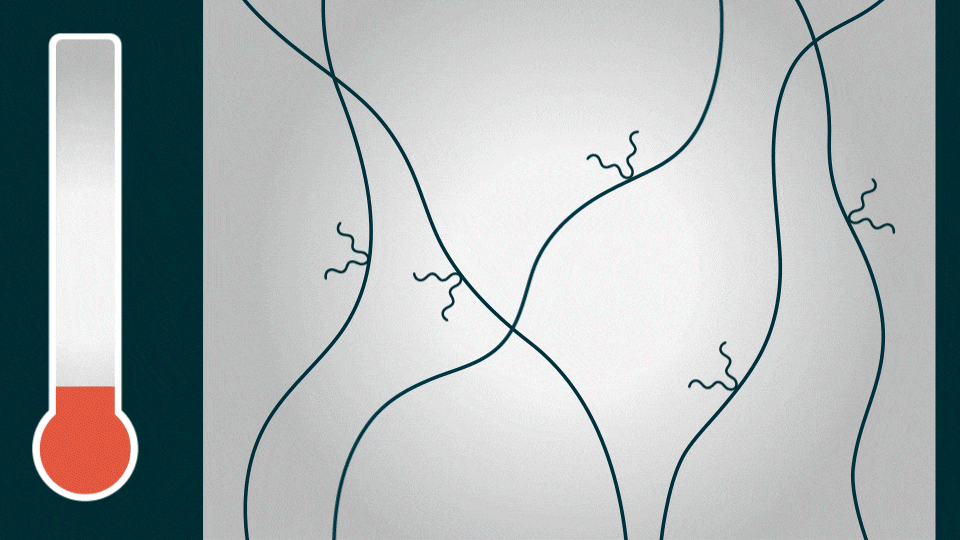
Electric Vehicle Batteries Could Get Big Boost With New Polymer Coating
Scientists at Berkeley Lab have developed a polymer coating that could enable longer lasting, more powerful lithium-ion batteries for electric vehicles. The advance opens up a new approach to developing EV batteries that are more affordable and yet easy to manufacture.
On the Road to Better Solid-State Batteries
A team from Berkeley Lab and Florida State University has designed a new blueprint for solid-state batteries that are less dependent on specific chemical elements. Their work could advance efficient, affordable solid-state batteries for electric cars.
How a Record-Breaking Copper Catalyst Converts CO2 Into Liquid Fuels
Since the 1970s, scientists have known that copper has a special ability to transform carbon dioxide into valuable chemicals and fuels. But for many years, scientists have struggled to understand how this common metal works as an electrocatalyst, a mechanism that uses energy from electrons to chemically transform molecules into different products.
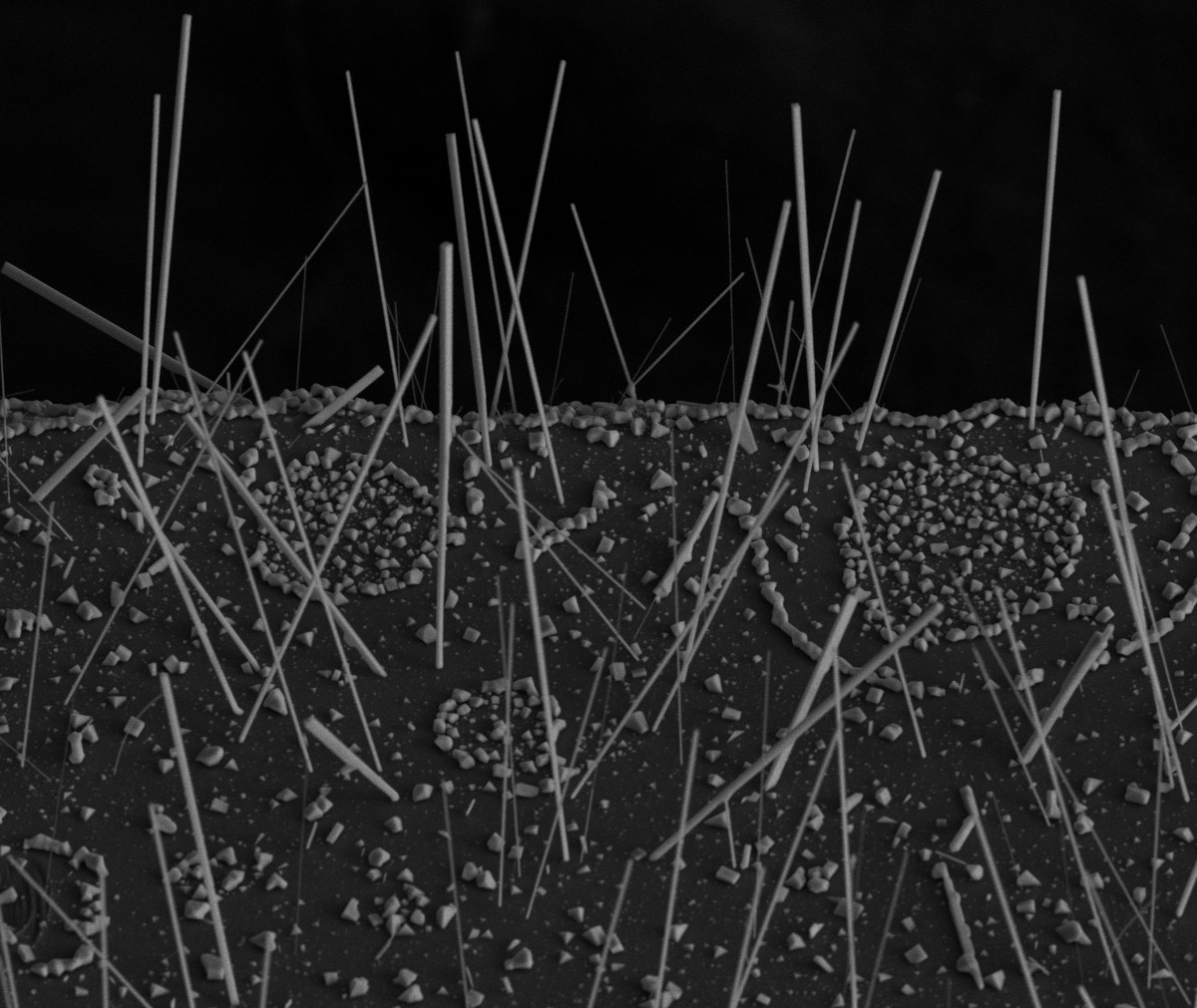
Scientists Grow Lead-Free Solar Material With a Built-In Switch
A lead-free solar material developed by Berkeley Lab scientists offers a simpler and more sustainable approach to solar cell manufacturing. The advance could also benefit halide perovskites, a promising solar technology that requires much less energy to manufacture than silicon.
New Ultrathin Capacitor Could Enable Energy-Efficient Microchips
Scientists at Berkeley Lab and UC Berkeley have developed a thin film from a century-old material for next-gen memory and logic devices. The breakthrough advances the pursuit of low-voltage electronics that require less energy to operate than today’s silicon-based electronics.
Skyrmions on the Rise – New 2D Material Advances Low-Power Computing
A team co-led by Lawrence Berkeley National Laboratory has discovered a new ultrathin material with exotic magnetic features called skyrmions. The new material could enable the next generation of tiny, fast, energy-efficient electronic devices.
Main Attraction: Scientists Create World’s Thinnest Magnet
Scientists at Berkeley Lab and UC Berkeley have created an ultrathin magnet that operates at room temperature. The ultrathin magnet could lead to new applications in computing and electronics – such as spintronic memory devices – and new tools for the study of quantum physics.
What if We Could Give Viruses a One-Two Punch?
Researchers at Stanford and Berkeley Lab’s Molecular Foundry have developed virus-killing molecules called peptoids. The technology could make possible an emerging category of antiviral drugs that could treat everything from herpes and COVID-19 to the common cold.
This crystal impurity is sheer perfection
Scientists at Berkeley Lab and UC Berkeley have developed a nanoparticle composite that grows into 3D crystals. The new 3D-grown material could speed up production and eliminate errors in the mass manufacturing of nanoscale photonics for smart buildings or actuators for robotics.
Putting Functional Proteins in Their Place
Using DNA, scientists organized bioactive proteins in desired 2-D and 3-D ordered arrays—promising for structural biology, biomedicine, and more.
Science Snapshots From Berkeley Lab
Science Snapshots From Berkeley Lab – Water purification, infant-warming device, cuff-based heart disease monitor, ancient magnetic fields
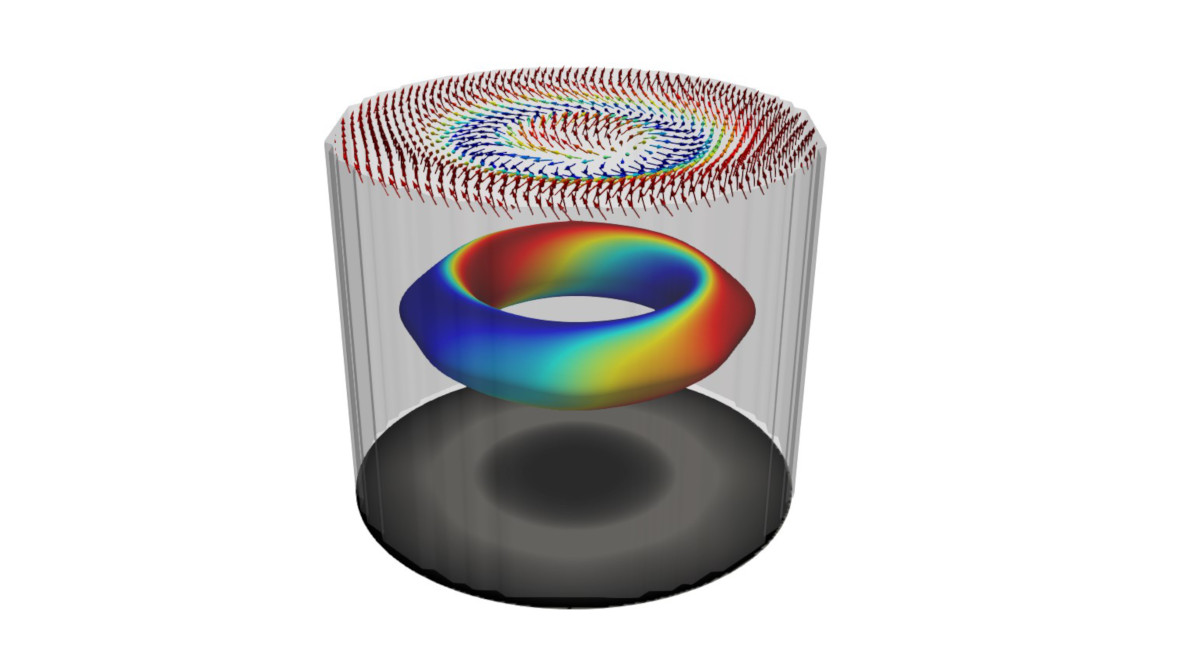
The Spintronics Technology Revolution Could Be Just a Hopfion Away
A research team co-led by Berkeley Lab has created and observed quasiparticles called 3D hopfions at the nanoscale (billionths of a meter) in a magnetic system. The discovery could advance high-density, high-speed, low-power, yet ultrastable magnetic memory “spintronics” devices.
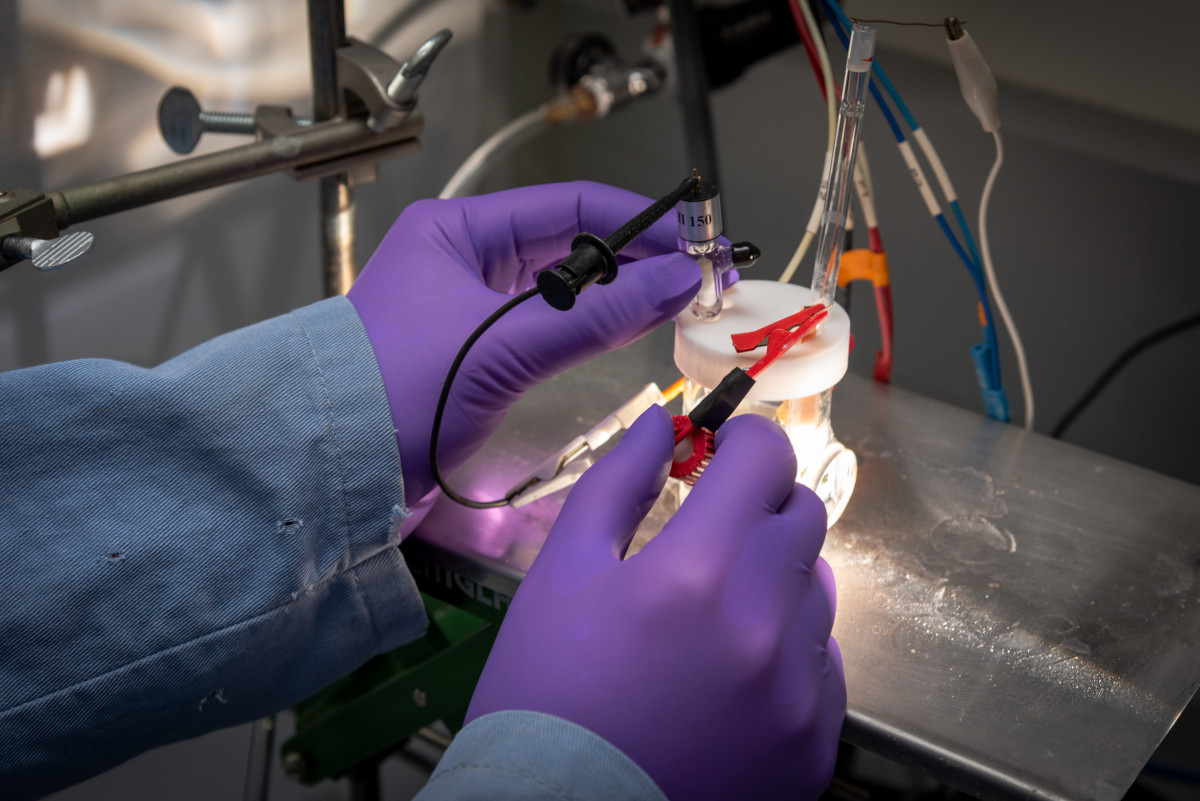
This hydrogen fuel machine could be the ultimate guide to self improvement
Scientists at Berkeley have uncovered an extraordinary self-improving property that transforms an ordinary semiconductor into a highly efficient and stable artificial photosynthesis device
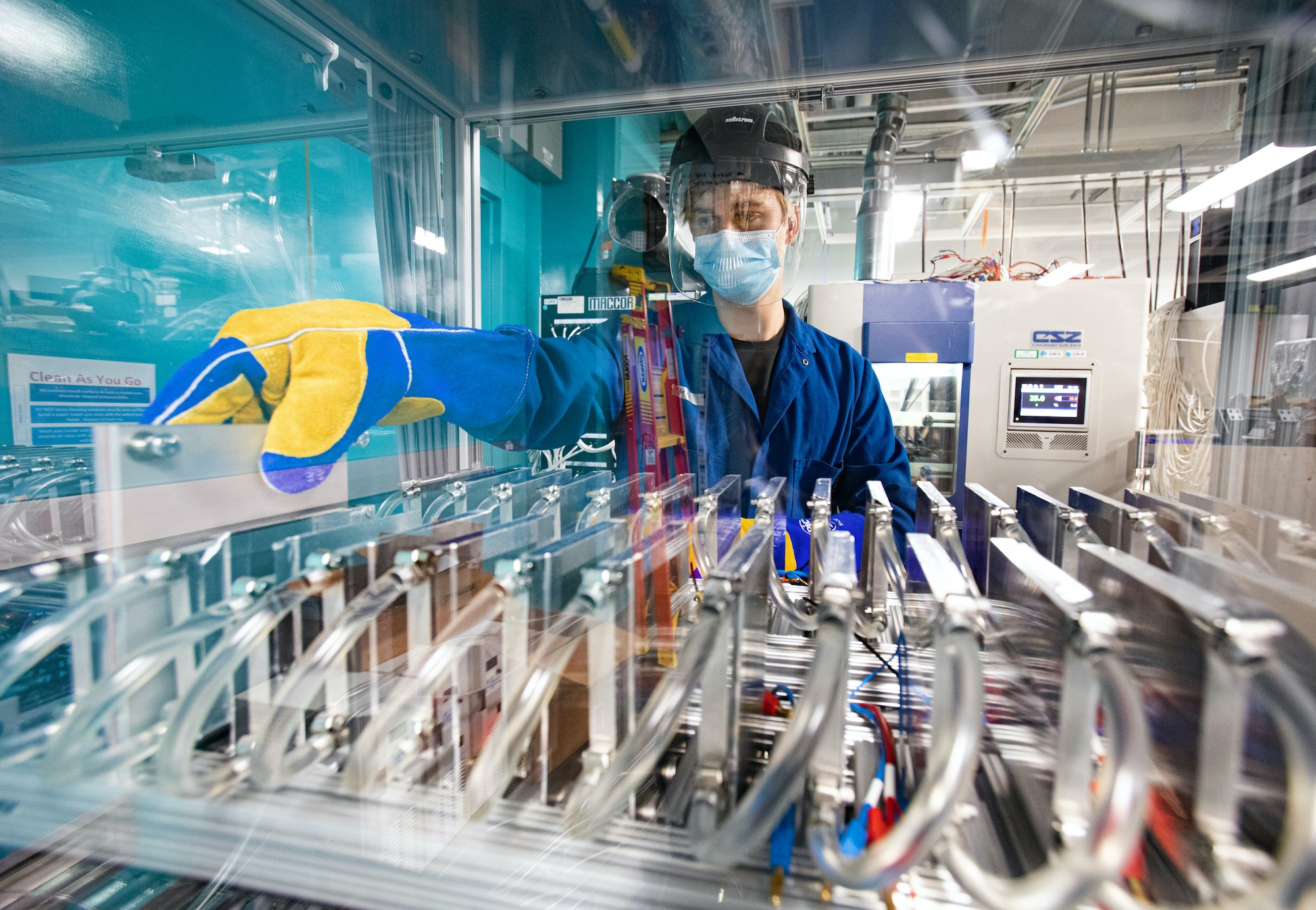
April Snapshots
Science Snapshots from Berkeley Lab: X-rays accelerate battery R&D; infrared microscopy goes off grid; substrates support 2D tech
Revealing Nano Big Bang – Scientists Observe the First Milliseconds of Crystal Formation
At Berkeley Lab’s Molecular Foundry, scientists recruited a world-leading microscope to capture atomic-resolution, high-speed images of gold atoms self-organizing, falling apart, and then reorganizing many times before settling into a stable, ordered crystal.
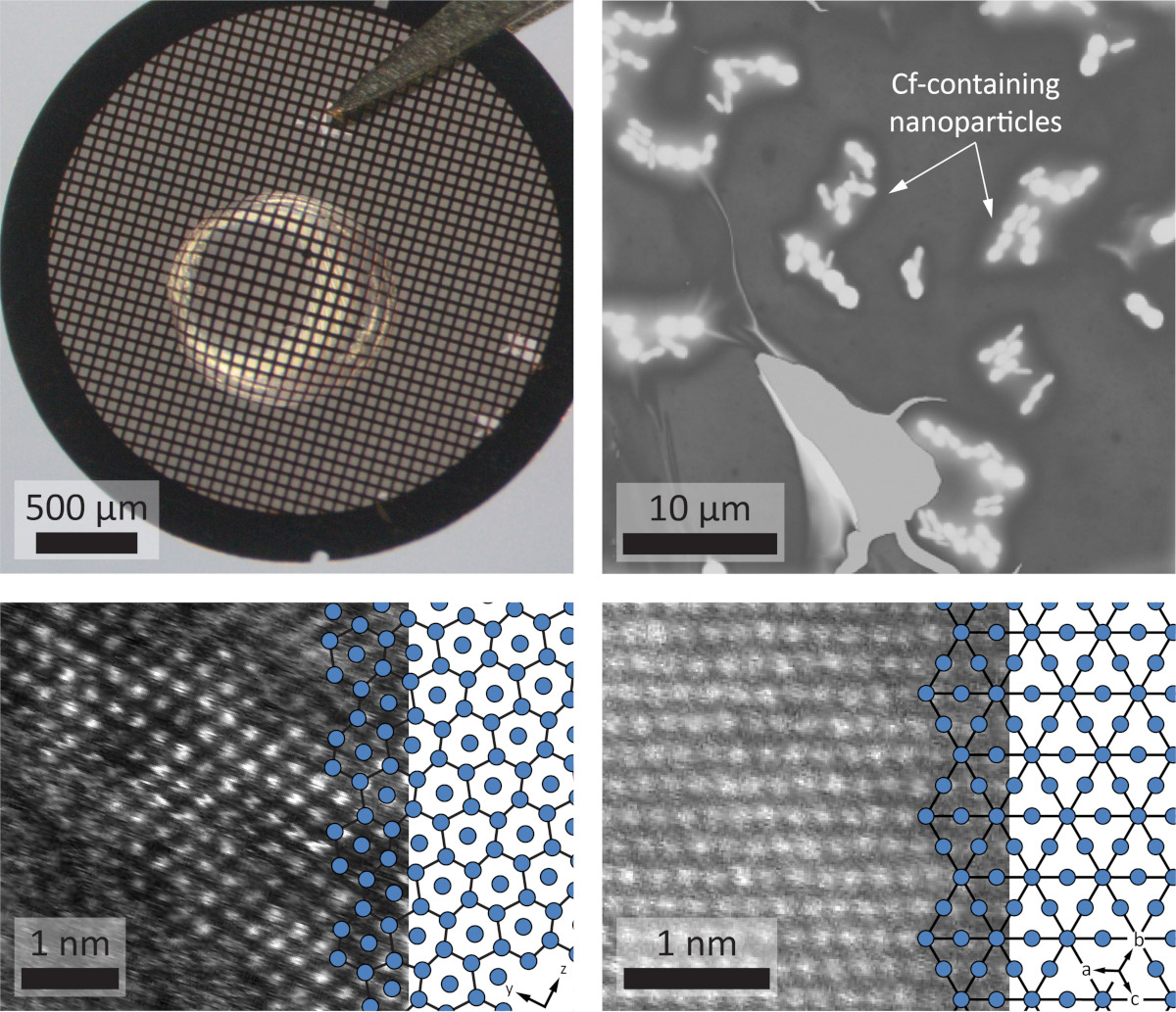
Do You Know the Way to Berkelium, Californium?
Scientists at Berkeley Lab have demonstrated how to image samples of heavy elements as small as a single nanogram. The new approach will help scientists advance new technologies for medical imaging and cancer therapies.
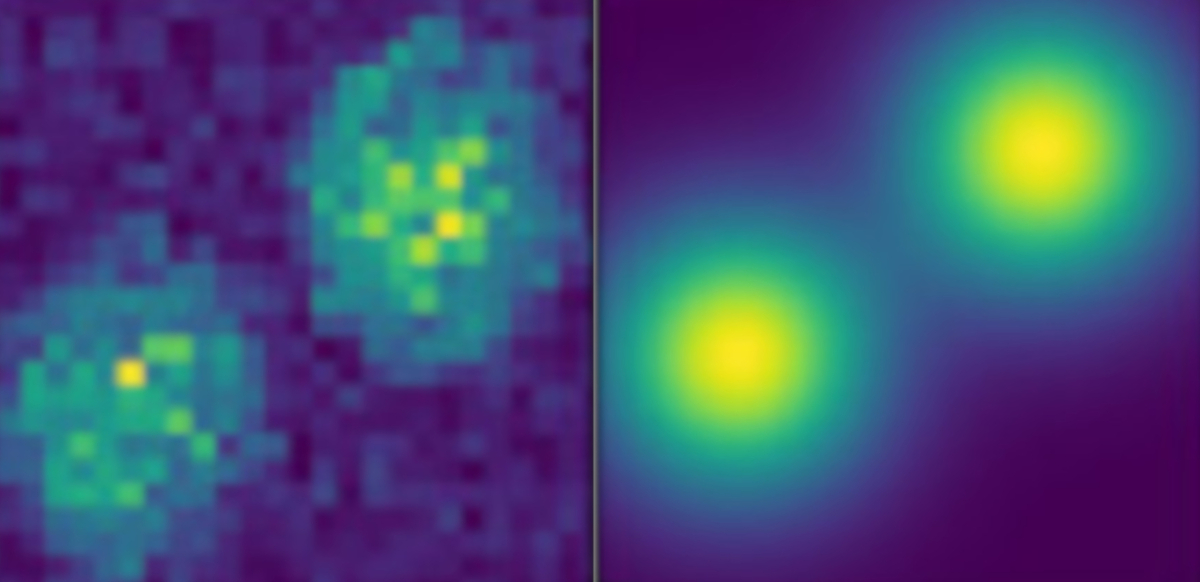
Shine On: Avalanching Nanoparticles Break Barriers to Imaging Cells in Real Time
A team of researchers co-led by Berkeley Lab and Columbia University has developed a new material called avalanching nanoparticles that, when used as a microscopic probe, offers a simpler approach to taking high-resolution, real-time snapshots of a cell’s inner workings at the nanoscale.

This Anti-COVID Mask Breaks the Mold
To address PPE shortages during the pandemic, scientists at Berkeley Lab and UC Berkeley are developing a rechargeable, reusable, anti-COVID N95 mask and a 3D-printable silicon-cast mask mold.
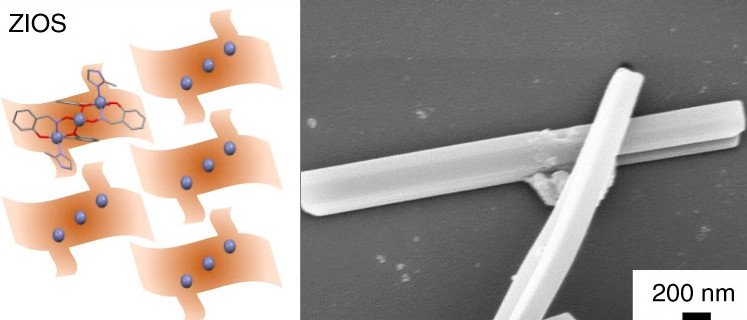
New Material Designed by Berkeley Lab ‘Mines’ Copper from Toxic Wastewater
A research team led by Berkeley Lab has designed a new material – called ZIOS (zinc imidazole salicylaldoxime) – that extracts copper ions from mine wastewater with unprecedented precision and speed.
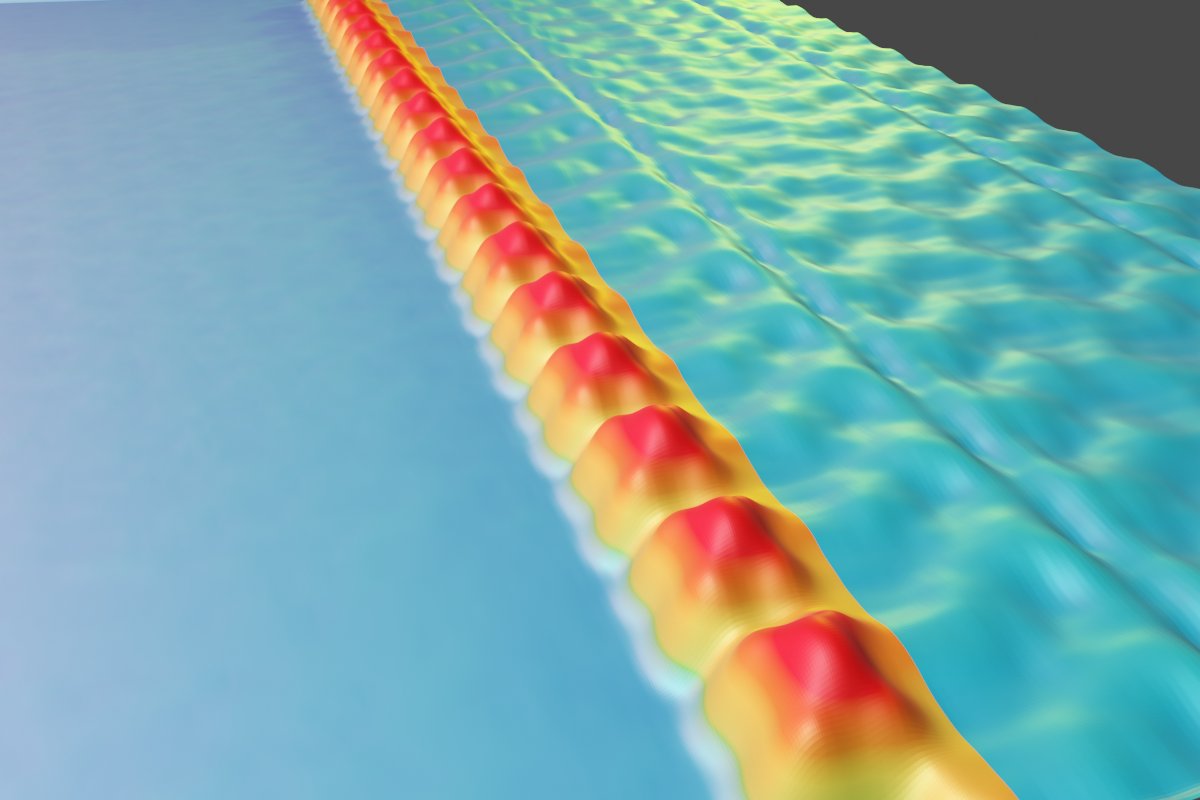
Charges Cascading Along a Molecular Chain
Removing one charged molecule from a one-dimensional array causes the others to alternately turn ‘on’ or ‘off,’ paving the way for information transfer in tiny circuits

What’s Nanotechnology? Kristin Persson Explains at 4 Different Levels
In celebration of National Nanotechnology Day, Molecular Foundry Director Kristin Persson explains atomic-scale engineering at four different levels – for a kindergartner, a middle schooler, a high school senior, and a graduate student
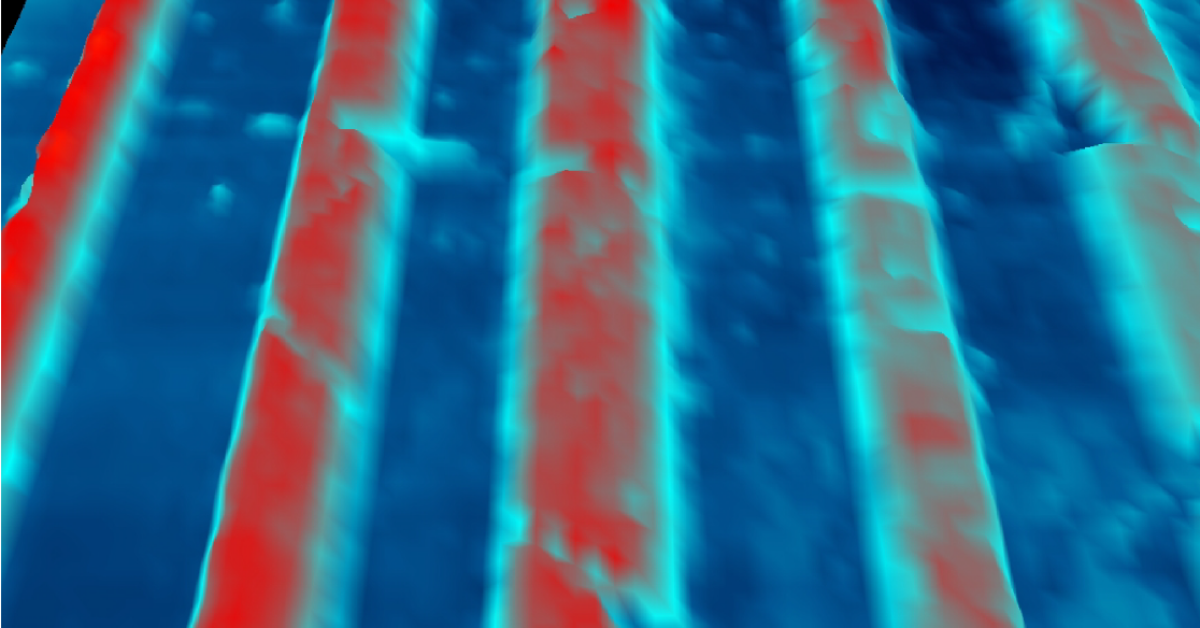
Science Snapshots September 2020
2D Electronics, Plant Biofactories, Transforming Waste, and Vaccine Development.
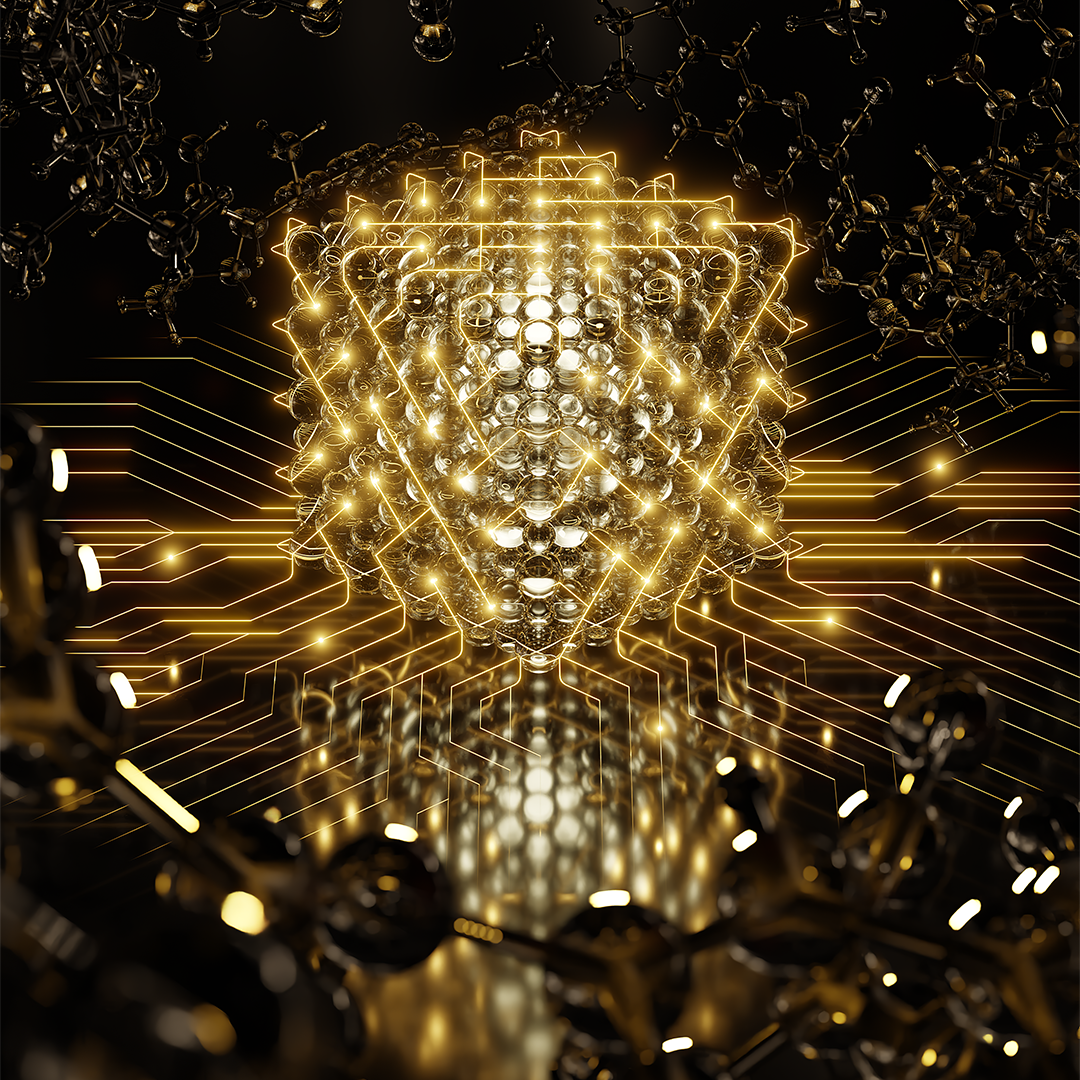
Battery Breakthrough Gives Boost to Electric Flight and Long-Range Electric Cars
Researchers at Berkeley Lab, in collaboration with Carnegie Mellon University, have developed a new battery material that could enable long-range electric vehicles that can drive for hundreds of miles on a single charge, and electric planes called eVTOLs for fast, environmentally friendly commutes.
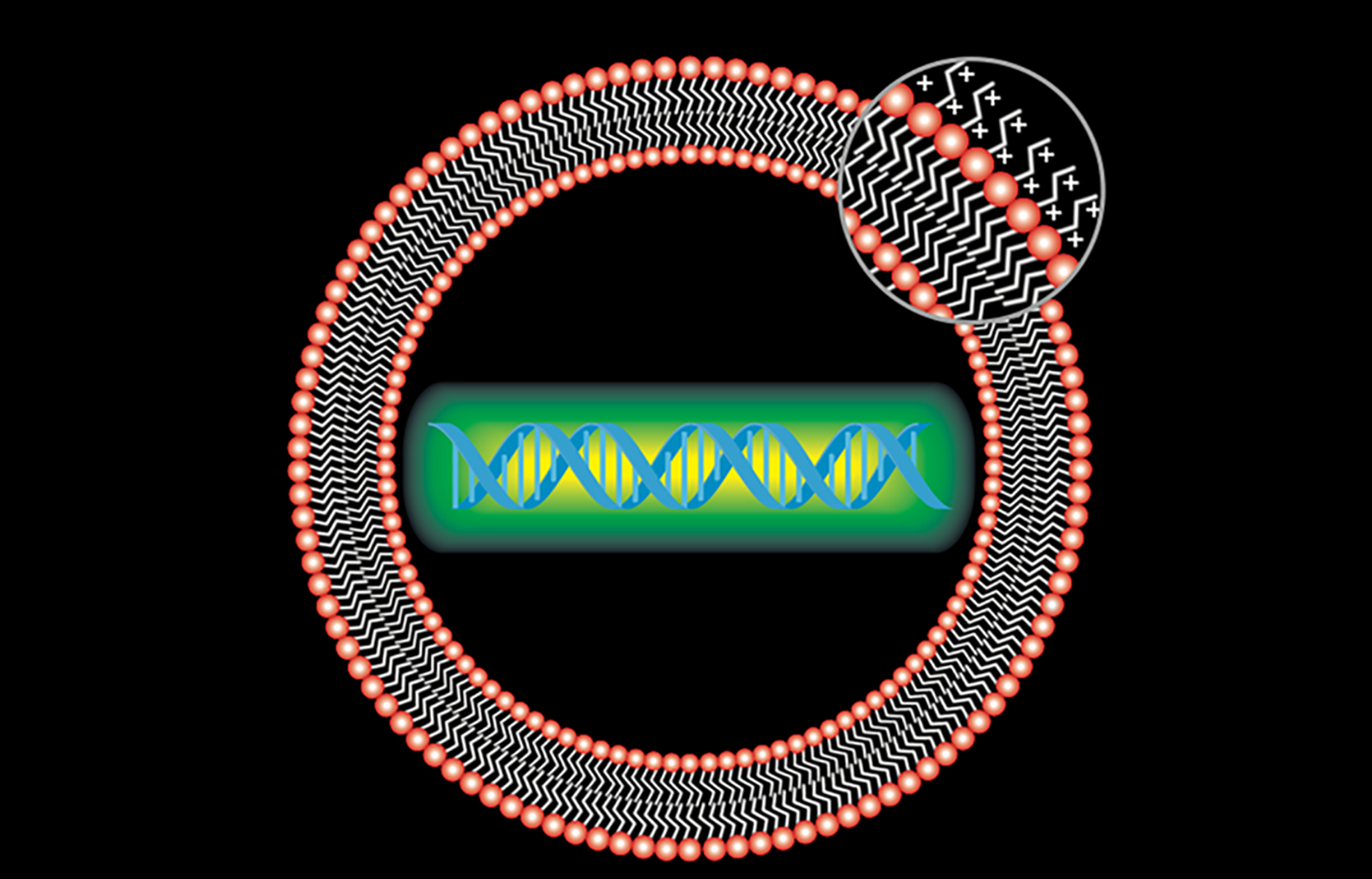
Scientists Aim Gene-Targeting Breakthrough Against COVID-19
Scientists at Berkeley Lab and Stanford have joined forces to aim a gene-targeting, antiviral agent called PAC-MAN against COVID-19.
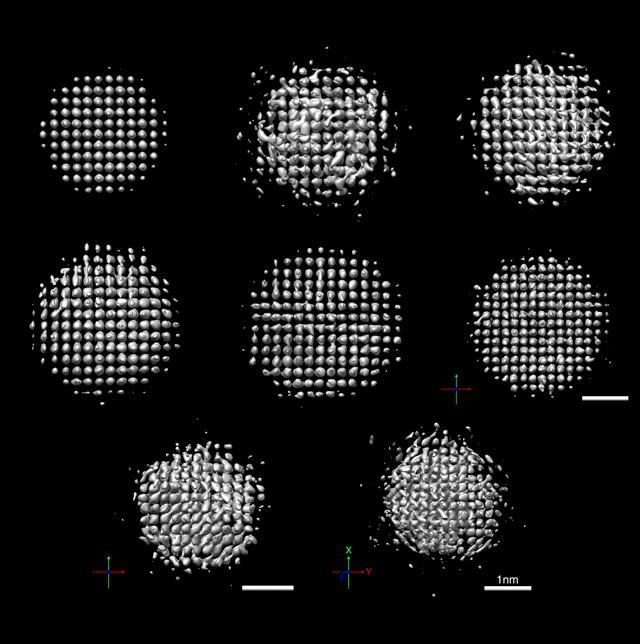
Science Snapshots from Berkeley Lab: 3D nanoparticles and magnetic spin
Researchers at Berkeley Lab have captured 3D images of nanoparticles in liquid with atomic precision, and developed an ultrathin electrical switch that could further miniaturize computing devices and personal electronics without loss of performance.
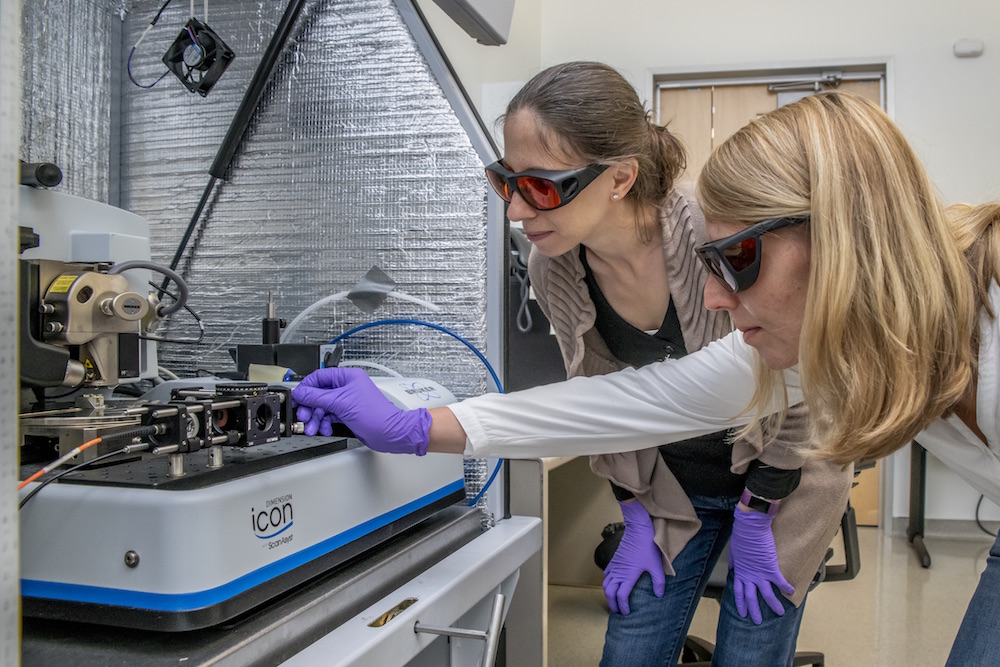
How JCAP Is Making Solar Fuels Shine
As we look back at a decade of discovery, we highlight 10 achievements by scientists at Berkeley Lab and the Joint Center for Artificial Photosynthesis that bring us closer to a solar fuels future.

Science Snapshot From Berkeley Lab – a biocompatible material that turns up the heat on antibacterial-resistant diseases
Scientists at Berkeley Lab’s Molecular Foundry have designed a biocompatible polymer that has the potential to advance photothermal therapy, a technique that deploys near-infrared light to combat antibacterial-resistant infections and cancer.
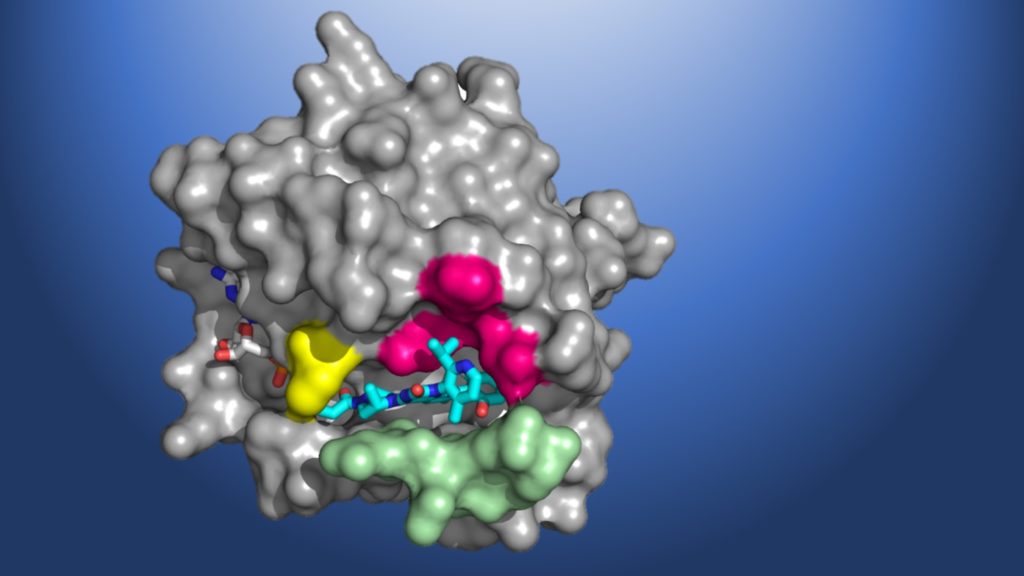
Science Snapshots From Berkeley Lab
This edition of Science Snapshots highlights the discovery of an investigational cancer drug that targets tumors caused by mutations in the KRAS gene, the development of a new library of artificial proteins that could accelerate the design of new materials, and new insight into the natural toughening mechanism behind adult tooth enamel.
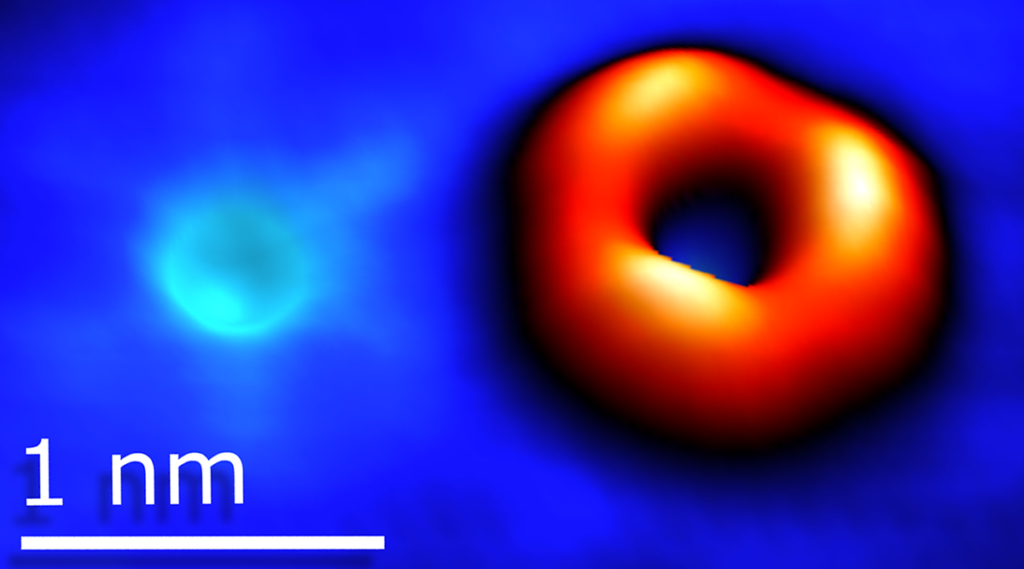
The Beauty of Imperfections: Linking Atomic Defects to 2D Materials’ Electronic Properties
Scientists at Berkeley Lab have revealed how atomic defects emerge in transition metal dichalcogenides, and how those defects shape the 2D material’s electronic properties. Their findings could provide a versatile yet targeted platform for designing 2D materials for quantum information science.
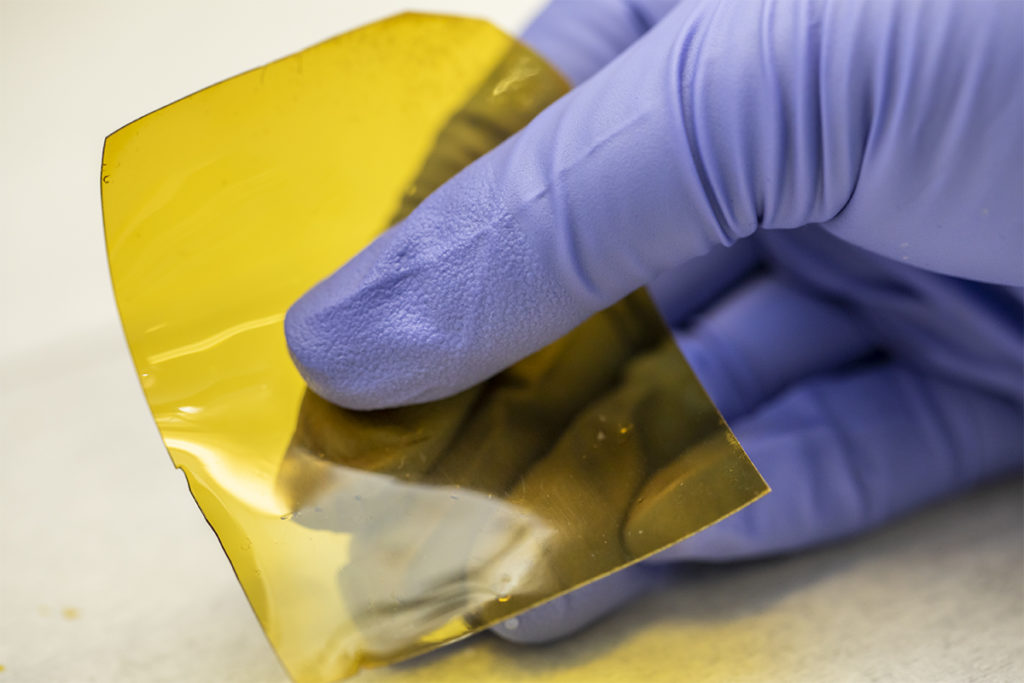
Go With the Flow: Scientists Design New Grid Batteries for Renewable Energy
Scientists at Berkeley Lab have designed an affordable ‘flow battery’ membrane that could accelerate renewable energy for the electrical grid.
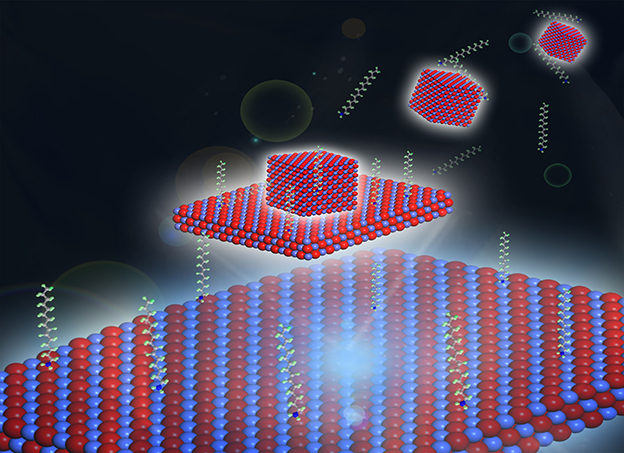
Living on the Edge: How a 2D Material Got Its Shape
A team of scientists led by the Department of Energy’s Lawrence Berkeley National Laboratory (Berkeley Lab) has gained valuable insight into 3D transition metal oxide nanoparticles’ natural “edge” for 2D growth.